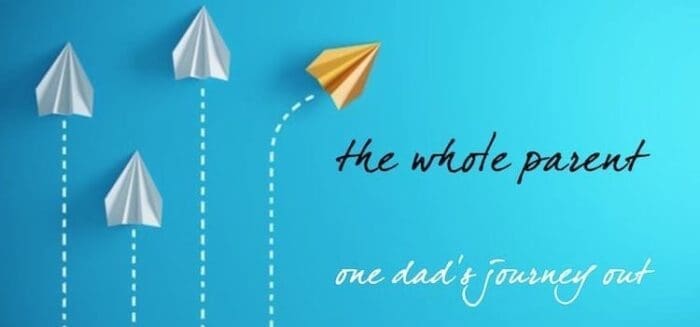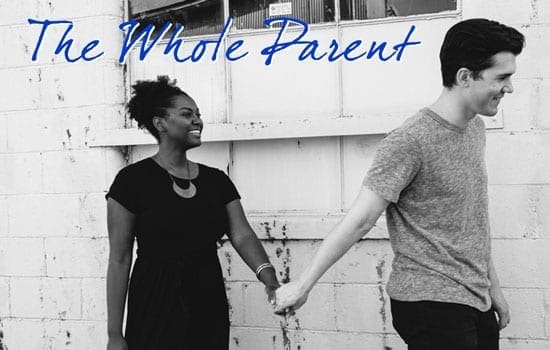When a woman stands strong and states what she wants in a relationship everyone benefits.
She must state what she wants. She must also define her boundaries in the relationship by saying what she does not want. We all need healthy boundaries. And what we need, more than ever, in the #metoo era, is honest communication about our individual stories, requests, and aspirations. Without some idea of where we are heading, especially in relationships, we may not ever arrive at a comfortable and loving place.
We all need a comfortable and loving relationship. When there is an imbalance of emotional maturity, a habit of boundary-breaking, or constant digression into drama, there is a problem. These high-risk relationships might not be worth pursuing. It is a choice. It can be a lot of work. We want partners who can state their needs and aspirations clearly. Then, we can either agree, negotiate, or move on. Simple. But, nothing is that simple, today.
Daring to set boundaries is about having the courage to love ourselves, even when we risk disappointing others. – Brené Brown
Boundaries Look and Feel Different to Each of Us
- Here’s what I will allow in this relationship
- Here is what I most want in this relationship to feel loved
- Here is what I will not allow or ask you to change and modify
- Here is what I will not allow and will terminate the relationship if it happens
It can be hard to be clear with our boundaries. I struggle, in relationships, with being more clear on what I do want. For example, this statement was hard for me. “I need you to take ownership of your triggered emotions and acknowledge when something has set you off. I need you to let me know you are aware of what has happened and that you are no longer present.” And finally, the biggest part for me, “I need to you let me know that I did not do something wrong to cause your disconnect.” Unless, of course, my actions are the problem. Then tell me that. But primarily, in relationships, we get triggered and we are less clear with our partners about what’s going on. A disagreement becomes a raging storm.
Stop.
When emotions overwhelm your ability to communicate clearly, you are triggered. When blinding rage arrises because I ate the last of the ice cream, there’s probably some old patterns, old hurts, coming up for recognition and release. If you can do the meta-move and become self-aware, “Wow, I’m really angry right now. This is probably not about the ice cream,” you can take charge of your own emotional response.
The 4-R Method: Recognize, Release, Recover, Repair
- My anger is mine.
- My partner may have triggered my anger – that’s part of being in a close relationship
- Now, I will own my feelings, and take responsibility to let my partner know I’m triggered
- I will find ways to process these powerful emotions (often not with or “at” my partner)
- I will come back to my partner and go for the “repair”
Recognize
By recognizing our own triggers and our own triggeredness we can give our partners an acknowledgment that we know what’s going on. “I’m sorry, what you just did has really upset me.”
Release
Then we release our partner from the trap of our emotional storm. “This is probably not about you. It’s about me. I need to go deal with this.”
Recover
Sometimes recovery can take place in minutes after the triggered person has taken a moment to separate their present relationship from the “triggered” emotional baggage of the past. Often, however, these triggered emotions need attention, time, and energy for a complete recovery. An empathetic coach, counselor, clergy member, friend, is often all it takes for us to tell our past story in a way that discharges a portion of the negative energy that is still stored in our emotional bodies. When we get at the heart of the distress, and we tell our truth about the events that caused us harm in the past, we can get clear that our past and our present moments are very different. We can see that our current partner said or did something that reminded us, triggered us, around some emotional wounding in the past. Our current partner is different. The present is different. “I can release this old hurt and return to living in the present moment.”
Repair
When a fracture happens in a loving relationship both partners become slightly damaged. The loving trust of the partnership takes a small hit. The communication and openness can feel a bit threatening. After a “triggered” moment, a couple needs to repair themselves first, but then ask for a repair with our partner.
A repair might look like this.
“I’m sorry I got upset about the ice cream. I know you did not eat it to piss me off. I got pissed off because my previous boyfriend used to … I see that you are different. You are not like my previous boyfriend. I can see that that issue is something I can work on. I am sorry I got mad at you. Here is what I’m going to do to take care of myself. And now, I’d like to sit on the couch and snuggle before you go out and buy some more mint chocolate chip ice cream for us.”
It’s a simple process, but it is not necessarily simple. When you are the triggered person it is hard to stop the anger and give your partner a hall pass. But, when you don’t you are dragging them back into your emotional drama that doesn’t’ really involve them. They were an innocent bystander that happened to say the “trigger phrase.”
As we walk together in relationships, we have to own both our present moment, and the dragons of our past. When one of our emotional dragons enters the room with us it is our responsibility to
- Recognize it (“Oh, that’s a familiar dragon. I think it’s mine.”) to
- Release our partner from the battle (“This is not your dragon, it’s mine. I can take this one on my own.”)
- Recover from the upset (“The dragon is now known to me, he is a good dragon. He will behave.”) and
- Repair the damage with our partner (“I want to introduce you to my dragon, so you can understand him a bit better.”)
This process works with any relationship, not just romantic partnerships. With the 4-Rs we can build healthier relationships, maintain clearer boundaries, and not get our “triggered” selves and unnecessary drama over everyone else.
The dragon is your friend. The drama is your weakness. In using this process your blindspots become known dragons and can be tamed and befriended. You can then proceed to walk through life more like a dragon rider. Now, no one can get in your way. And if you allow, a partner may be able to ride beside or behind you on the dragon. Just think of the sites you will see, the heights to which you will soar.
You cannot slay the dragon. The dragon is your friend. – Reshad Feild
Always Love,
John McElhenney – life coach austin texas
@wholeparent
back to Dating After Divorce
- One Man’s Courage to Stand Alone: Brené Brown’s BRAVING
- Four Ideas About Dating with Mindfulness: Listening for Signals
- Four Levels of Attraction: Hierarchy of Relationship Needs
- Sexual Hunger: How Friends with Benefits Became a Lie for Me
- Online Dating Adventure: What Is Your Quest?




